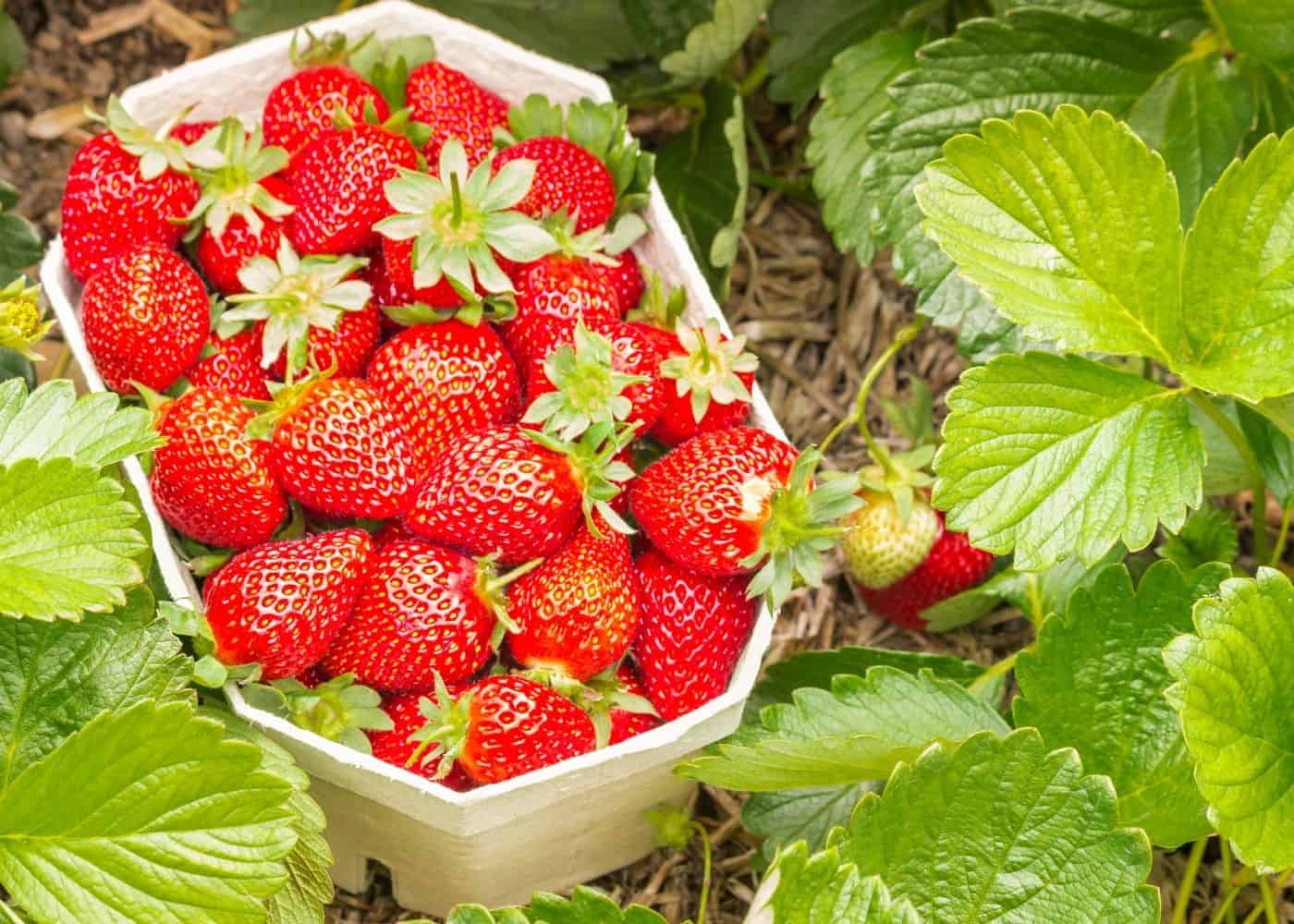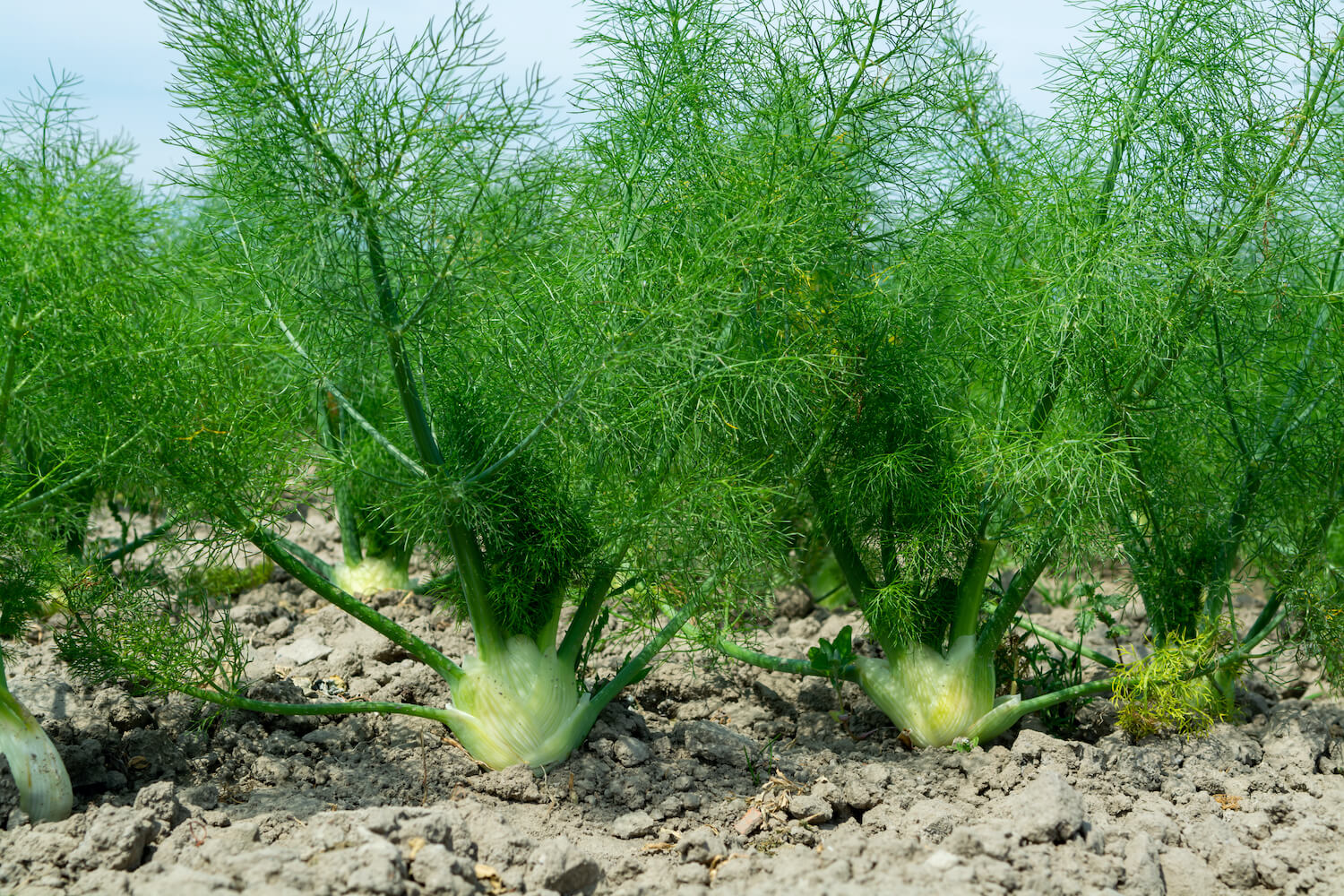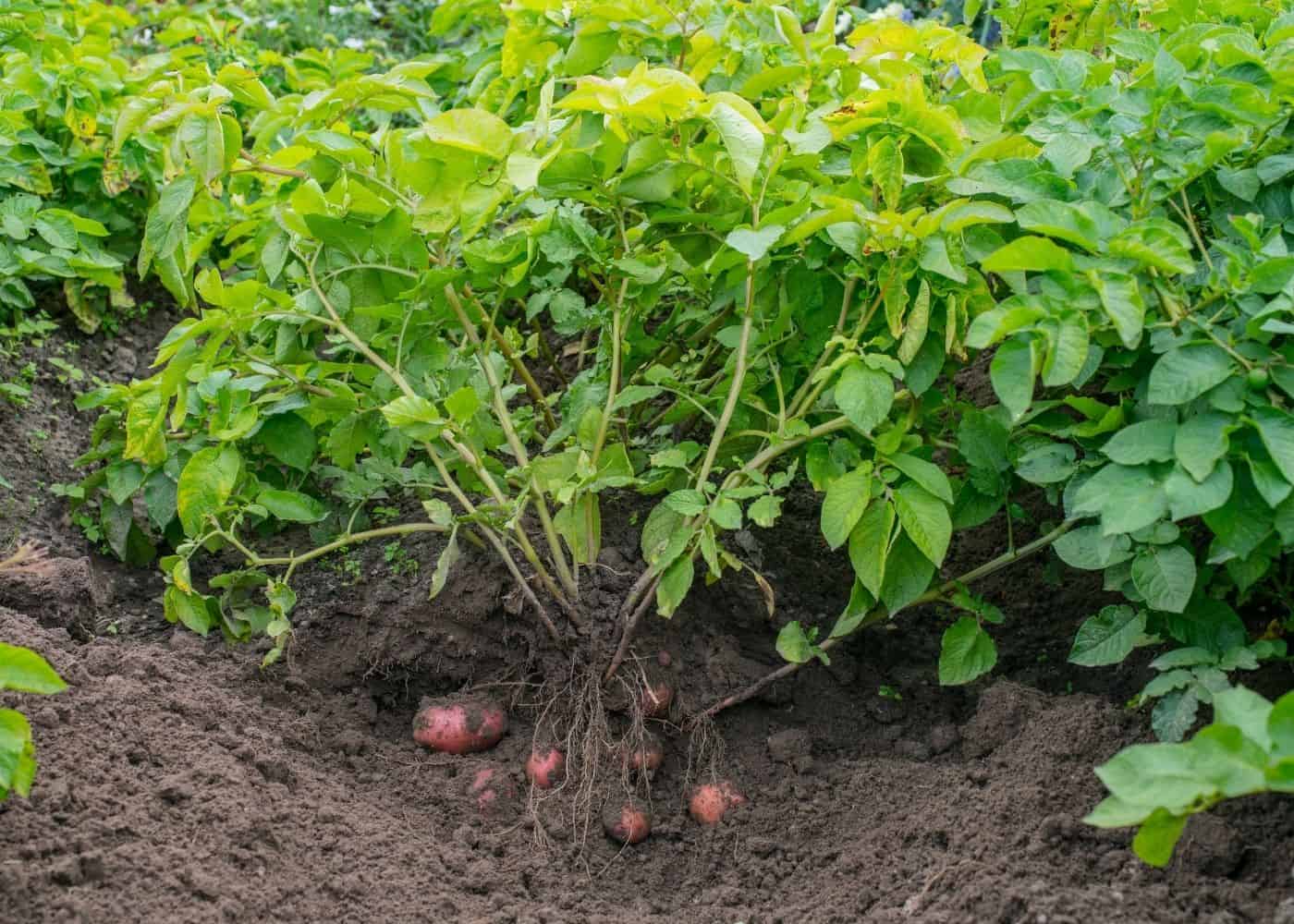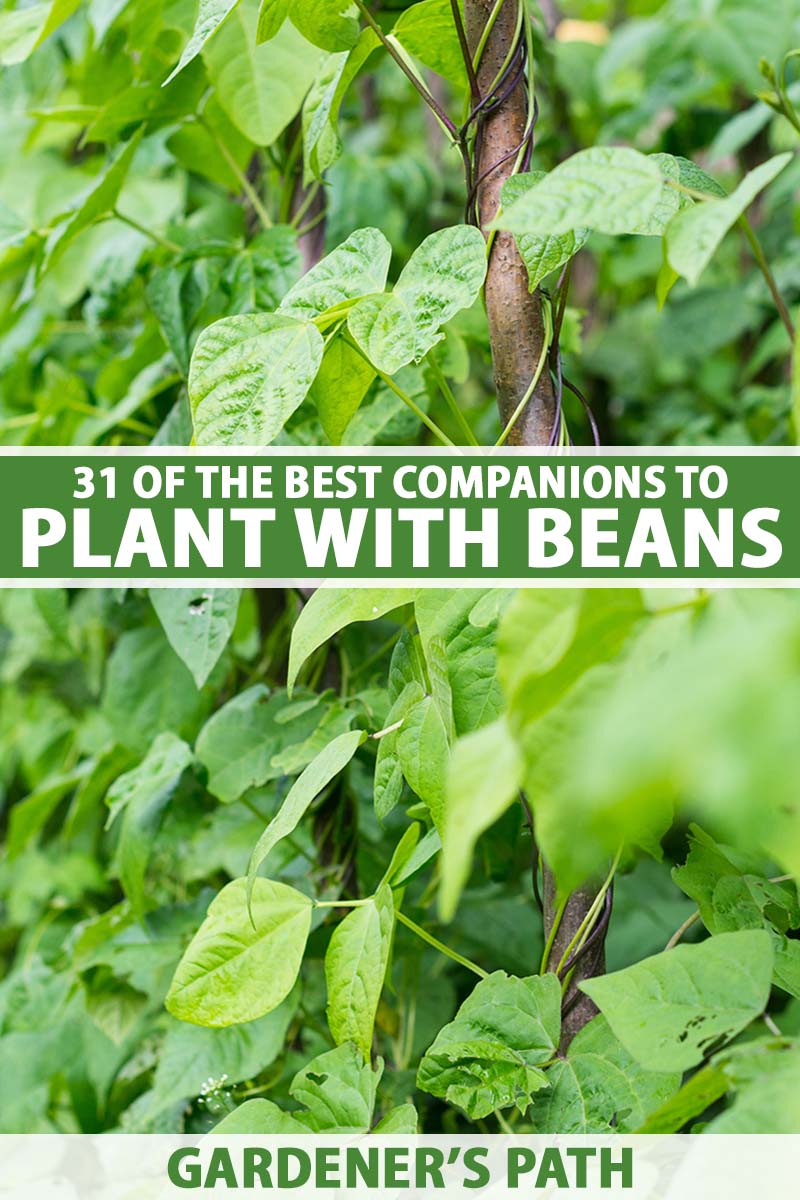Bad Companion Plants That Will Ruin Your Garden
Bad Companion Plants That Will Ruin Your Garden
Growing a successful garden takes a lot of hard work and dedication. But even if you do everything right, you can still run into problems if you don't pay attention to companion planting. Companion planting is the practice of planting certain plants together that benefit each other in some way. For example, some plants attract beneficial insects that help to control pests, while others help to improve the soil or deter diseases.
On the flip side, there are also plants that should never be planted together. These are known as incompatible plants, and they can actually harm each other's growth. If you plant incompatible plants together, you may end up with stunted plants, poor yields, or even crop failure.
In this blog post, we'll take a look at some of the worst companion plants that you should avoid. We'll also discuss why these plants are incompatible and what you can do instead.
Here are some of the worst companion plants:
- Tomatoes and potatoes: Both tomatoes and potatoes are members of the nightshade family, and they are susceptible to the same diseases. Planting them together can increase the risk of infection.
- Onions and peas: Onions release a chemical called allyl sulfides that can stunt the growth of peas.
- Cabbage and strawberries: Cabbage can attract pests that also target strawberries, such as aphids and slugs.

- Carrots and dill: Dill can release a chemical that inhibits the growth of carrots.

- Cucumbers and basil: Basil can attract pests that also target cucumbers, such as cucumber beetles.

- Fennel and lettuce: Fennel can release a chemical that inhibits the growth of lettuce.

Why are these plants incompatible?
There are a few reasons why these plants are incompatible. In some cases, the plants release chemicals that can inhibit the growth of each other. In other cases, the plants have different water or nutrient requirements, and planting them together can lead to competition for resources. And in some cases, the plants attract the same pests or diseases, which can spread from one plant to the other.
What can you do instead?
If you want to avoid planting incompatible plants together, there are a few things you can do. First, do some research before you plant anything. There are many resources available online and in gardening books that can help you identify compatible plants.

Second, pay attention to the labels on plant tags. Many plant tags will indicate which plants are compatible with each other.

Finally, talk to other gardeners in your area. They may be able to give you some good advice on which plants to plant together.
By following these tips, you can avoid planting incompatible plants together and ensure that your garden thrives.
Conclusion
Companion planting is a great way to improve the health and productivity of your garden. By planting compatible plants together, you can attract beneficial insects, improve the soil, and deter pests and diseases. However, it's important to be aware of which plants are incompatible and avoid planting them together. By following the tips in this blog post, you can create a beautiful and productive garden that will be the envy of all your neighbors.
When it comes to gardening, companion planting is a great way to attract beneficial insects, deter pests, and improve the overall health of your plants. However, it's important to know which plants should not be planted together, as some can actually inhibit each other's growth or attract harmful pests.
If you're not sure which plants are bad companion plants, a great resource is Gardenia Inspiration. This website provides a comprehensive list of vegetables, herbs, and flowers that should not be planted together, as well as information on why they are incompatible.
For example, did you know that you should never plant tomatoes and potatoes next to each other? Tomatoes and potatoes are both susceptible to the same diseases, and planting them together can increase the risk of infection. Additionally, fennel and lettuce should not be planted together, as fennel produces a chemical that can stunt the growth of lettuce.
By avoiding planting bad companion plants together, you can help to ensure that your garden is healthy and productive. So if you're looking for more information on this topic, be sure to visit Gardenia Inspiration.
FAQ of bad companion plants
Here are the 5 most frequently asked questions about bad companion plants, along with valuable insights and solutions:
Question 1: What are some bad companion plants?
- Answer: Some bad companion plants include:
- Tomatoes and potatoes: These two plants are related and can transmit diseases to each other.
- Carrots and onions: These two plants can stunt each other's growth.
- Cabbage and cauliflower: These two plants attract the same pests.
- Peas and beans: These two plants compete for nutrients.
- Corn and melons: These two plants have different water and nutrient requirements.
Question 2: How do I know if two plants are bad companion plants?
- Answer: There are a few things you can look for to determine if two plants are bad companion plants:
- Plant family: Plants of the same family are often bad companion plants. For example, tomatoes and potatoes are both nightshades, so they should not be planted near each other.
- Nutrient requirements: Plants with different nutrient requirements should not be planted near each other. For example, peas and beans are nitrogen-fixing plants, so they can deplete the soil of nitrogen, which can stunt the growth of other plants.
- Pests and diseases: Plants that attract the same pests or diseases should not be planted near each other. For example, cabbage and cauliflower attract the same pests, so they should not be planted near each other.
Question 3: What are the consequences of planting bad companion plants?
- Answer: Planting bad companion plants can have a number of negative consequences, including:
- Reduced plant growth: Plants that are planted near bad companion plants may not grow as well as they would if they were planted near good companion plants.
- Disease and pest problems: Plants that are planted near bad companion plants may be more susceptible to diseases and pests.
- Yield loss: Plants that are planted near bad companion plants may produce less of a yield.
Question 4: How can I avoid planting bad companion plants?
- Answer: There are a few things you can do to avoid planting bad companion plants:
- Do your research: Before you plant any plants, do some research to see if they are good or bad companion plants.
- Consult a gardening expert: If you are unsure about whether two plants are good or bad companion plants, you can consult a gardening expert for advice.
- Plant a companion planting chart: There are many companion planting charts available online and in gardening books. These charts can help you to see which plants are good companions for each other.
Question 5: What are some good companion plants?
- Answer: Some good companion plants include:
- Tomatoes and basil: Basil helps to deter tomato hornworms and other pests.
- Carrots and radishes: Radishes help to loosen the soil and improve drainage for carrots.
- Cabbage and nasturtiums: Nasturtiums attract pests away from cabbage.
- Peas and beans and corn: These plants help to support each other and improve the overall health of the garden.
- Sunflowers and marigolds: Sunflowers attract pollinators, while marigolds help to deter pests.
Image of bad companion plants
- Tomatoes and potatoes: These two plants are both susceptible to the same diseases, so planting them together can increase the risk of infection.

- Peas and beans: These plants compete for the same nutrients in the soil, so planting them together can stunt their growth.

- Carrots and dill: Dill can inhibit the growth of carrots, so it's best to plant them in separate areas of the garden.

- Cucumbers and melons: These plants attract the same pests, so planting them together can make it more difficult to control pests.
- Lettuce and strawberries: Lettuce can attract slugs and snails, which can also damage strawberries. It's best to plant these two vegetables in separate areas of the garden.

Post a Comment for " Bad Companion Plants That Will Ruin Your Garden"